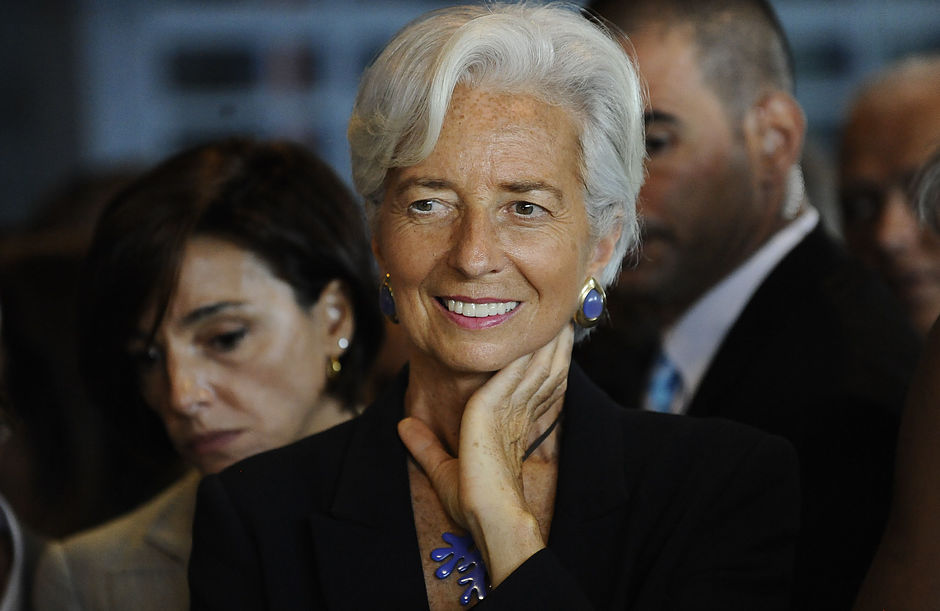ECB Quick Analysis: Lagarde banks on show of confidence, Euro set to resume uptrend
- The European Central Bank has raised rates by 50 bps as it originally intended.
- While acknowledging the issues at banks, the ECB expresses confidence of weathering the storm.
- One noteworthy change is a lack of new rate guidance.
- The Euro is set to extend its recovery following the ECB, assuming no new disasters.

"There is always more than one cockroach" – this adage about banking crises is spooking markets, but the European Central Bank (ECB). The Frankfurt-based institution has expressed confidence in its insecticide and investors are buying it – at least for now. The common currency looks bullish.
After Silicon Valley Bank (SVB) collapsed, vigilantes, moved to the weakest link in the old continent, Credit Suisse. Now that the embattled lender has been stabilized by the Swiss National Bank (SNB), some are looking for the next "cockroach" to appear. Nevertheless, the ECB leans on lessons learned from the previous crises. Moreover, it is focused on fighting inflation and acting – in another show of confidence.
In the past, the ECB mistakenly raised rates when everything was collapsing. Both in 2008 and 2011, the Frankfurt-based institution's instinct to kill rising prices only exacerbated the economic crisis. They also put banks at risk. That was in the times of Jean-Claude Trichet as ECB President. His compatriot Christine Lagarde faces a different set of circumstances – and her actions seem more justified. Banks are better capitalized, and regulators are far more alert.
The bank raised rates by 50 bps points as it had intended to before the new crisis, and as it promised in the previous rate decision. The single noteworthy change is a lack of guidance toward the future. The ECB only pledges to being data-dependent. It is also dependent on the banking crisis.
As long as nothing breaks in the old continent's banking system – like it seemed a decade ago – the eurozone economies have room to thrive in a sounder environment. So does the common currency.
If a full week passes without fresh bank collapses, I expect ECB officials to provide unofficial guidance about raising rates, further boosting the Euro.
Premium
You have reached your limit of 3 free articles for this month.
Start your subscription and get access to all our original articles.
Author

Yohay Elam
FXStreet
Yohay is in Forex since 2008 when he founded Forex Crunch, a blog crafted in his free time that turned into a fully-fledged currency website later sold to Finixio.

















